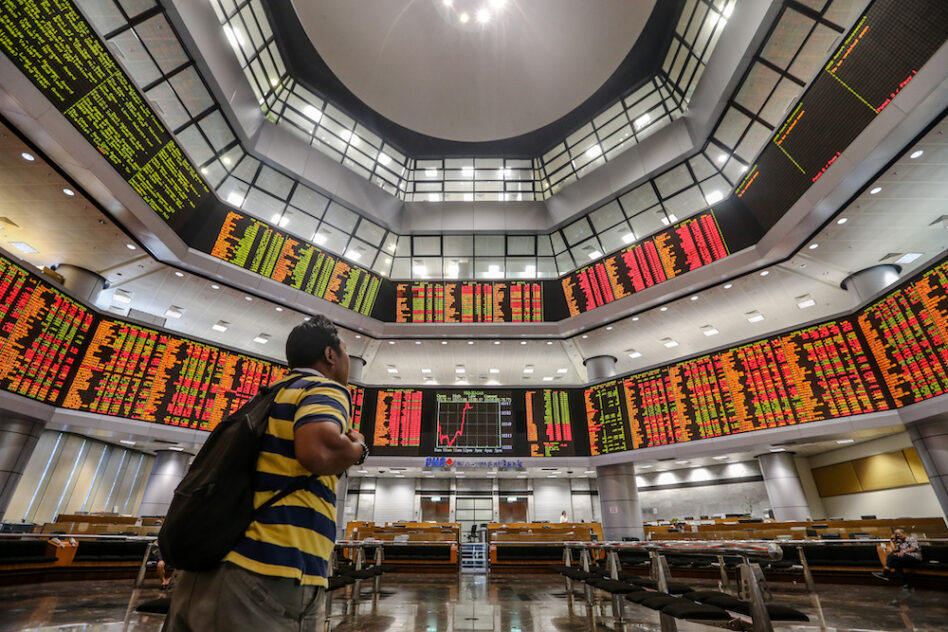IT IS always a sad thing to witness another shopping mall dying. The fading crowd and growing emptiness all point towards the many struggling businesses, wasted space, and a trend that is only growing.
Recently, a netizen in a video showed the lack of footfall in Plaza Alam Sentral. According to him, the place was very lively a decade back.
But the man did not reveal if the video was taken during a weekday morning or was it during the weekend.
If this was the condition of Plaza Alam Sentral during the weekend, then they might as well turn the entire place into a haunted house theme park.
Plaza Alam Sentral sunyi. pic.twitter.com/cIFjryK2Gj
— ًِ (@bckupacc99) July 9, 2025
A visit to the Plaza Alam Sentral Facebook page, however, revealed that its social media platform was alive.
Just several hours ago, Plaza Alam Sentral published an event where people could exchange their old electronic devices for cash. Last month there was also a blood donation drive at the ground floor.
It appears to be very much alive, or is this part of the digital initiative to revive it? But Plaza Alam Sentral is not the only mall suffering from this fate.
According to a Youtuber Chester Cheng – Real Estate, the Cheras Sentral Mall, 1Shamelin Mall and Quill City Mall are among some of the casualties too. But it appears this trend is not only unique to Malaysia, but across the world.
According to the website Business.com, more consumers are choosing to shop online and many physical retailers are struggling to keep up with the speed and ease of digital shopping.
Back in their heyday, malls offered more than just a place to buy things. They served as community gathering spots.
Whether grabbing a bite at the food court, catching a movie, or simply window shopping with friends, malls were central to many social lives. But today, the way people connect and shop has drastically shifted, said Business.com.
Social media platforms have taken over as the new public square. Apps like Instagram, Facebook, TikTok, Pinterest, and X aren’t just for sharing photos and updates.
They have become full-fledged shopping tools. With a few taps, users can discover, review, and buy trending products directly from their feeds.
Social shopping combines the appeal of viral content with the instant gratification of e-commerce, making it a powerful alternative to traditional retail.
Another major draw of online shopping is its efficiency. Customers are turning to websites that offer fast support through AI-powered chatbots, flexible return policies, and streamlined checkout experiences.
Many online stores also offer detailed product info, FAQs, and support libraries, eliminating the need for in-person help or long customer service calls.
For business owners, the shift is just as stark. Running a physical store comes with significant expenses, from staffing and utilities to leasing retail space.
On the other hand, digital storefronts are more cost-effective and scalable. That economic reality is pushing more brands to close brick-and-mortar locations in favor of building their presence online.
In short, the retail world is changing, and malls are struggling to keep up. As consumer habits evolve, digital convenience and cost-efficiency are redefining the way people shop.—July 9, 2025
Main image: @bckupacc99 (X)









